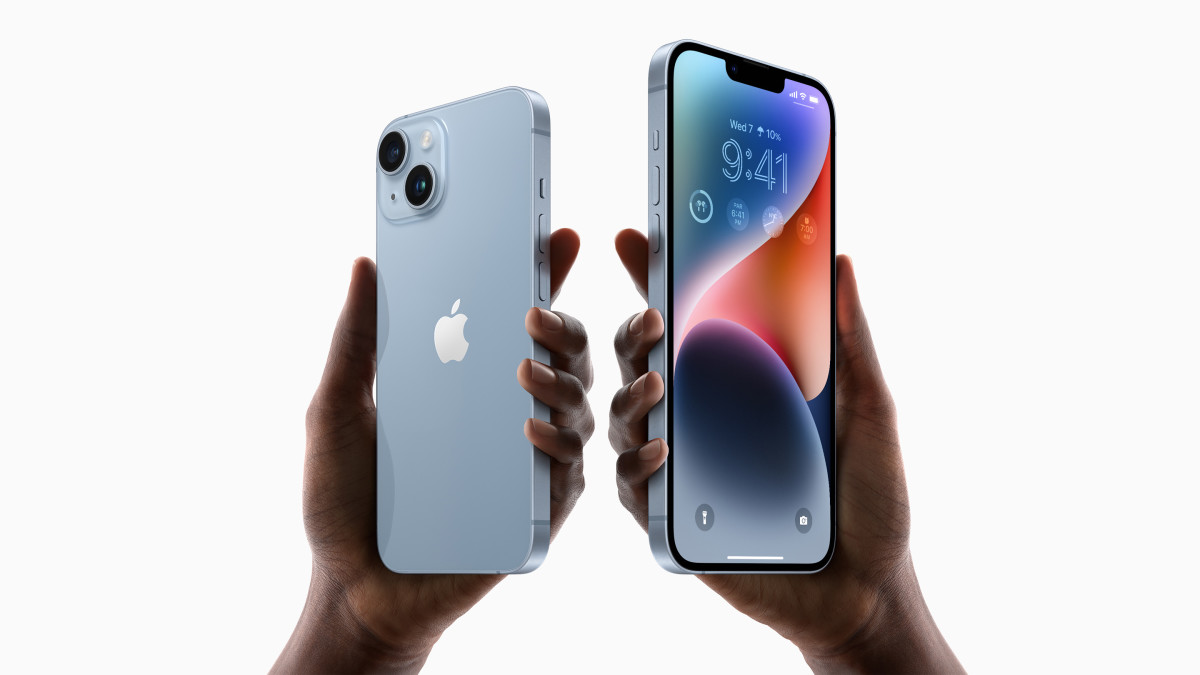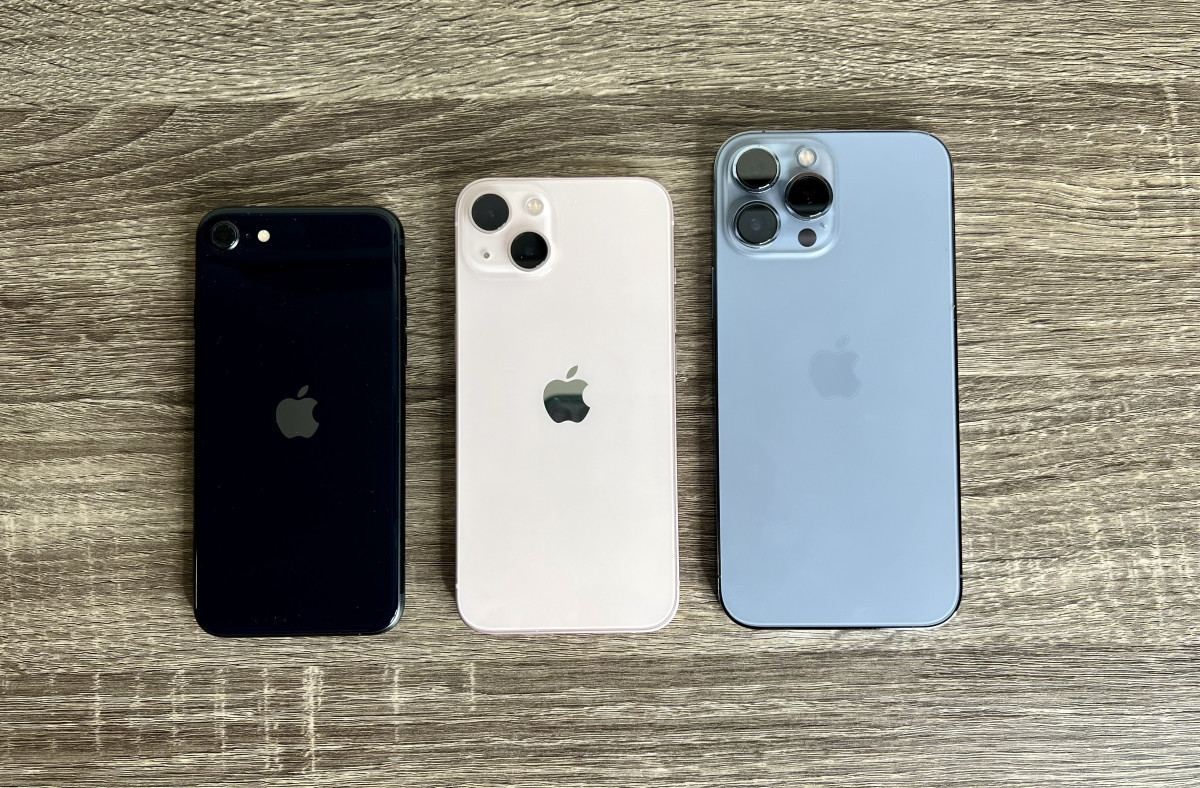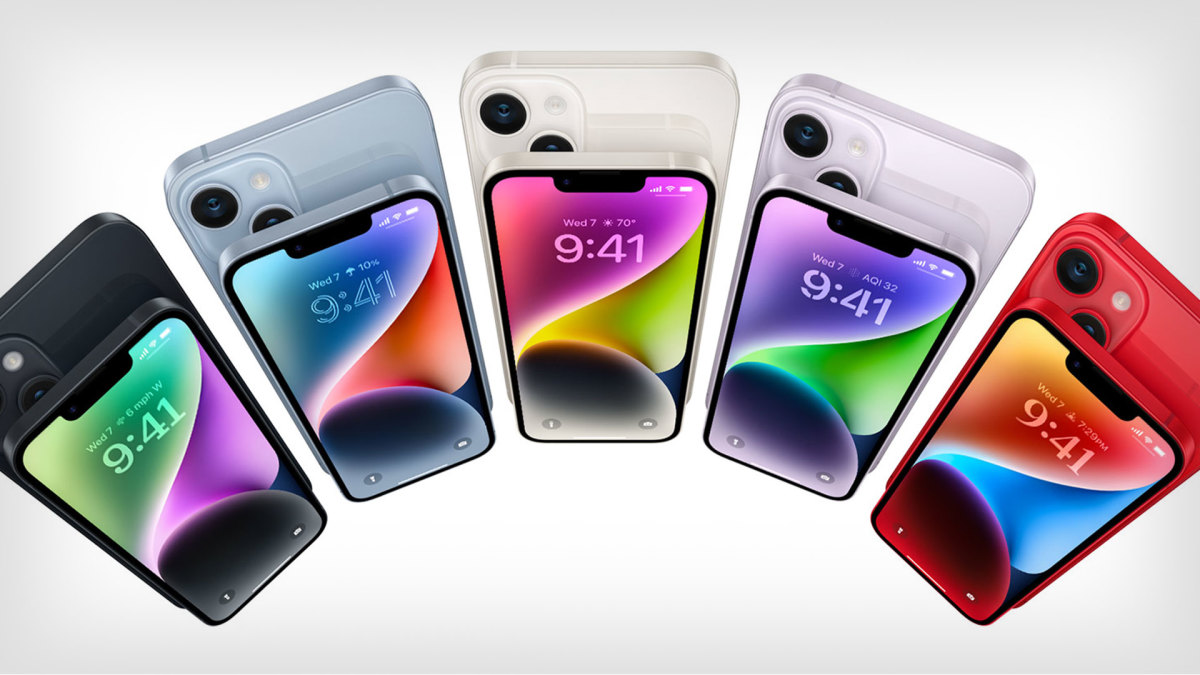
The four current iPhones—the 14, 14 Plus, 14 Pro, and 14 Pro Max—will soon have successors as new iPhone season is imminent. We’re on the eve of Apple’s Sept. 12 “Wonderlust” event, which should see the company unveiling new iPhones and new Apple Watches.
Whether you plan to upgrade to one of the newest iPhones or maybe have an older model sitting in a drawer, you might be curious how Apple iPhone trade-ins work. Along with the excitement of new Apple gadgets and potentially an iPhone 15 (or another name for the latest iPhone; the official device name should be announced tomorrow), it’s also prime-time to get some cash or credit for your current phone.
If you bought one outright or are paying monthly installments on it, there are a few options. You could trade it into a third-party service to get some cash or =into your carrier to knock off some of the cost of the new model.
The Arena Media Brands, LLC and respective content providers may receive compensation for some links to products and services on this website.
First, identify your iPhone model

Jacob Krol/TheStreet
The first step is to identify your current iPhone model—namely, what generation it is and the storage size. You can easily find this by navigating into “Settings” then “General” and “About.” At the top, you’ll see the iPhone model, aka the generation, and can scroll to see the total amount of storage on the iPhone.
Once you have that, you’ll be off to the races, and that’s for if you’re trading into a third party like Decluttr, a carrier like AT&T or Verizon, and even Apple directly. You’ll also want to look over the device and get a sense of the overall condition. At times, a cracked screen or areas that don’t work might reduce the value, though carriers will generally overlook blemishes if it means you’re going into a new model.
Trading in an iPhone for Cash
One of the most popular routes for trading is to get you cash, likely sent via a service or a check back to you from the company. I’ve used Decluttr a few times, but there are plenty of other options, like Gazelle.
You’ll then plug in your iPhone model, storage size and it will ask you for the overall condition. Be honest with your choice, as these companies will double-check them. With any of these, you’ll get an estimated valuation and a label to ship the device in.
Once received, the company or service will check them and then confirm the final value with you. If it’s lower and you don’t want to accept it, you can elect for it be shipped back to you.
One piece of advice: Even if you’re only slightly considering upgrading to a new iPhone this fall, it’s a good idea to lock in a trade-in value as they stay valid for about 30 days. Chances are, after the new phones are unveiled, prices for older models may drop a bit.
Trading in an iPhone for Credit
Once Apple formally unveils the next-generation iPhone, we’ll circle back and be updating this section. The general gist, though, is that you can trade in your current iPhone or an older model you might have hanging around to knock money off the cost of the new iPhone.
With the iPhone 14 family last year, Verizon and AT&T all provided up to $1,000 off any of the models—14, 14 Plus, 14 Pro, or 14 Pro Max—with the trade-in of a device. Factors like a cracked screen, device age, and battery health can also impact the total trade-in value.
One key benefit of going this route is that you’re immediately lowering the cost of the new iPhone, and if you’re leasing it, that equates to a lower monthly payment. Same goes for trading in your iPhone at Apple when upgrading to a new model as well.
In some cases, trading in the device with a carrier could be a higher or lower valuation than a third-party service. It’s good to shop around and get a few valuations as well. You can see the current trade-in promotions at AT&T and Verizon here but know these will be refreshed for new models once they’re formally announced.
Prices are accurate and items in stock at time of publishing.

Image Source: Apple







